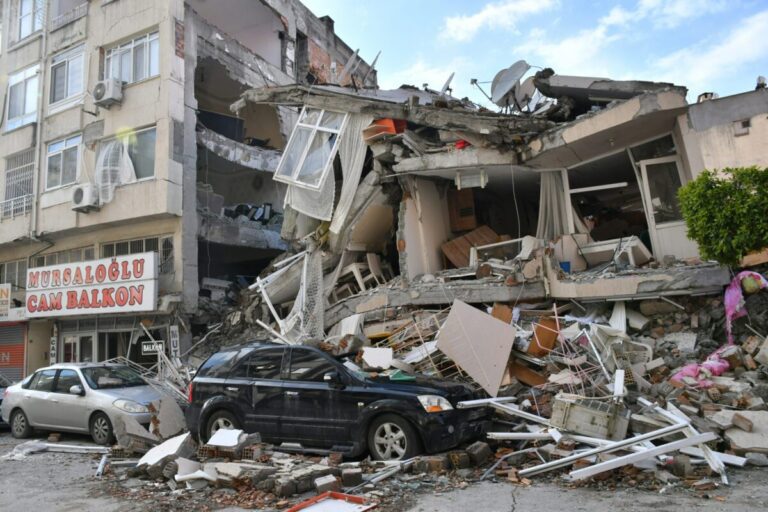On January 1, 2024, a powerful magnitude 7.5 earthquake struck near Japan’s Noto Peninsula in Ishikawa Prefecture, unleashing widespread destruction across the western coast and affecting major cities including Tokyo and Osaka. The quake triggered collapsed buildings, raging fires, and extensive power outages, severely impacting coastal towns and leaving communities reeling from the devastation.
Emergency Response and Rescue Efforts
The Japanese government swiftly declared a state of emergency and mobilized large-scale rescue operations. As aftershocks continued to shake the region, military units and helicopters were deployed to assist in reaching isolated villages cut off by flooding and debris. Search-and-rescue teams worked tirelessly to locate survivors amid the chaos, but the scale of destruction overwhelmed local resources.
Human Toll and Overburdened Healthcare
By January 2, official reports confirmed over 462 deaths, with thousands injured. Hospitals in affected areas were inundated with patients, stretching medical staff and supplies thin. Emergency shelters were set up, and efforts to distribute food, water, and medical aid intensified to support displaced and vulnerable populations.
Tsunami Warnings and Evacuations
Tsunami alerts were issued immediately after the earthquake, prompting thousands in coastal regions to evacuate to safer, elevated areas. Although the tsunami threat did not materialize to the feared extent, the warnings highlighted Japan’s precarious vulnerability to both seismic events and related hazards. The evacuation and continued aftershocks complicated rescue missions, with some regions temporarily inaccessible.
Economic Disruptions and Infrastructure Damage
Beyond the human tragedy, the earthquake severely disrupted Japan’s economy, particularly in manufacturing hubs already strained by global inflation and supply chain challenges. Destruction to roads, bridges, and utilities hampered recovery efforts, raising concerns about the long-term economic fallout in the hardest-hit regions.
Global Support and Solidarity
International aid poured in rapidly, with rescue teams and humanitarian assistance arriving from South Korea, China, and the United States. These efforts provided crucial additional manpower and resources to bolster Japan’s emergency response, exemplifying global solidarity during a critical time.
A Stark Reminder of Japan’s Seismic Risks
Despite Japan’s advanced earthquake-resistant infrastructure and early-warning systems that helped reduce the disaster’s toll, the magnitude of this quake underscored the persistent risks faced by a nation situated along the volatile Pacific Ring of Fire. The event has renewed calls to enhance disaster preparedness, infrastructure resilience, and response strategies to better protect communities from future seismic catastrophes.
As rescue operations continue and recovery begins, the weeks ahead will be vital in assessing the full impact of the earthquake and planning for the long-term rebuilding of affected areas. This tragedy stands as a sobering reminder of the need for vigilance and innovation in disaster management in one of the world’s most earthquake-prone countries.


